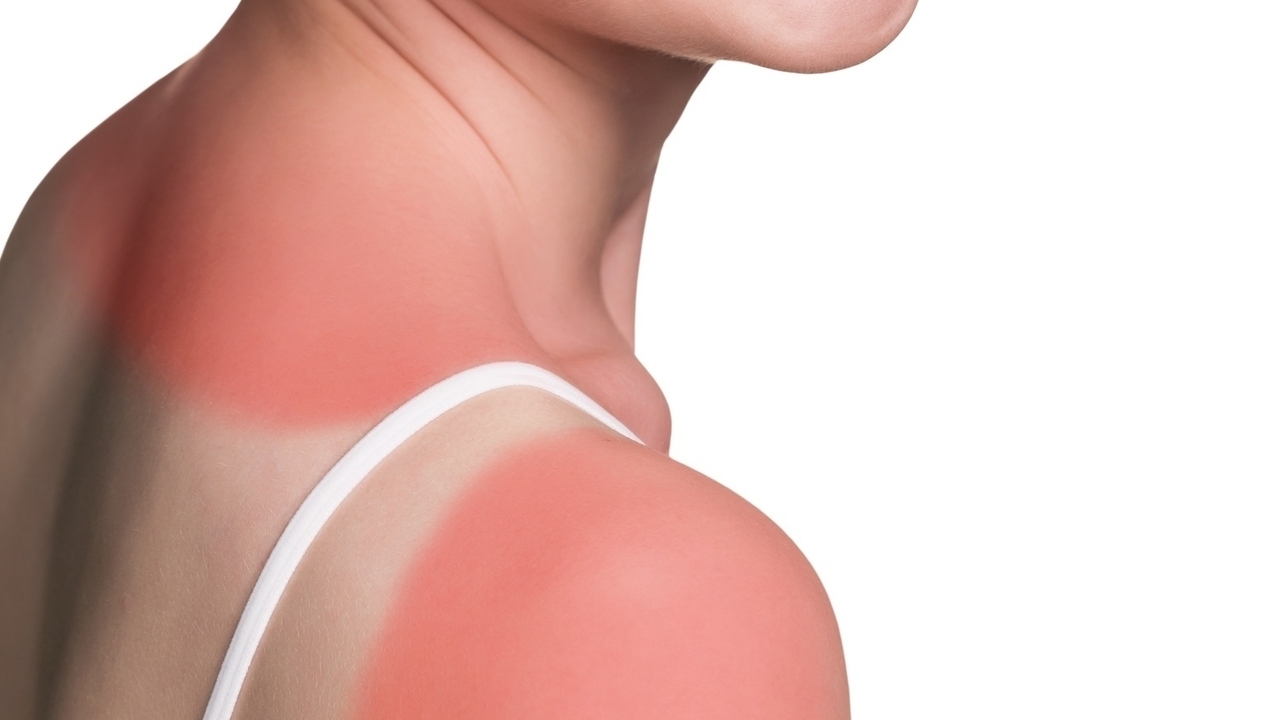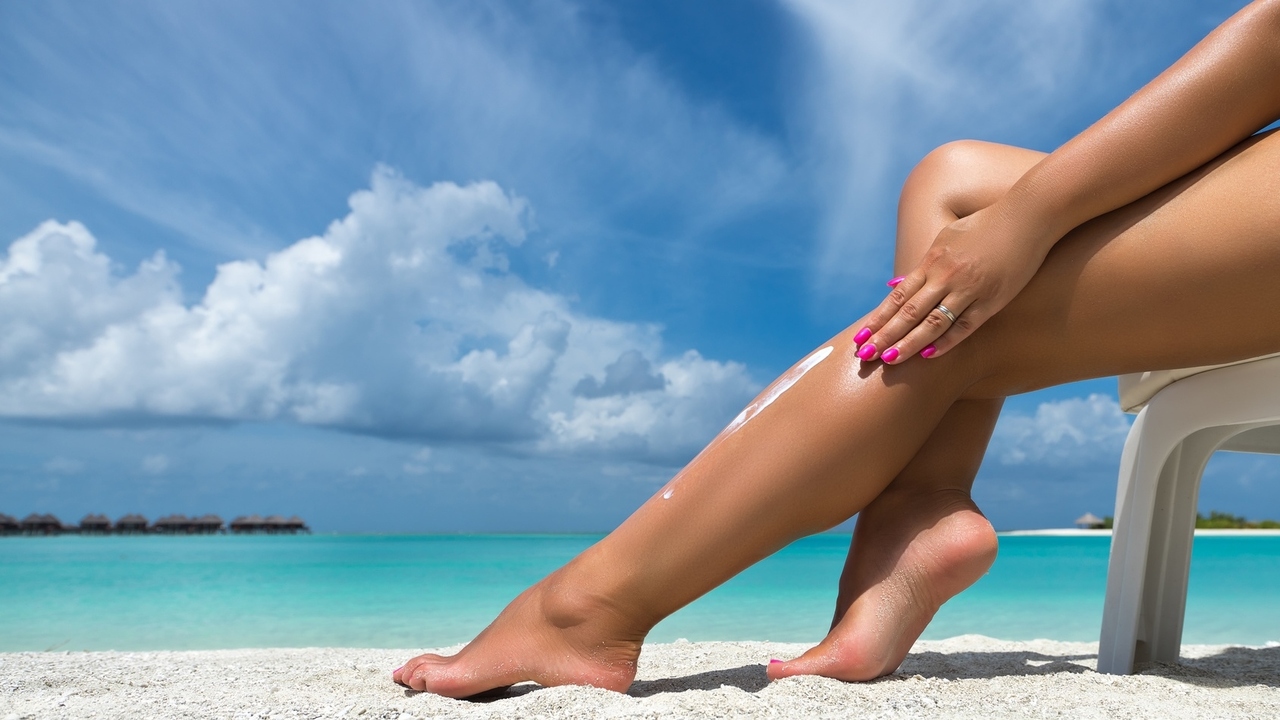 Photo: Getty Images
Photo: Getty Images
Ultraviolet (UV) radiation could be described as invisible rays the sun sends to the earth. UV radiation can cause damage to the skin, including skin cancers.
The sun puts out three types of UV rays, UVA, UVB and UVC. The rays which reach the earth are UVA and UVB rays.
The majority of the UVB rays don't make it past the ozone layer, nor do they penetrate as deeply into the skin as UVA rays. UVB rays can only affect the epidermis which is the top layer of skin.
Nevertheless, they need to be taken seriously. These are the sun's rays which give you a sunburn or make your skin peel. UVB rays can contribute to skin cancer and premature skin aging.
Their presence will vary throughout the year, being more of a concern in the summertime. Time of day is also an important factor.
UVB rays are more prevalent between the hours of 10 a.m. and 4 p.m. between April and October. Be aware though that even in winter, the sun's rays can be reflected off snow and ice.
You're safe in your house or car behind windows because UVB rays are not able to penetrate glass to any great degree.
Qingyi Wei, MD, PhD, at the University of Texas M.D. Anderson Cancer Center has said that research indicates UVB can cause mutations in basal and squamous cells close to the skin surface.
But his findings also indicate that UVB does not cause mutations that can become melanomas. UVA may instead be the main factor to watch for melanoma.
Melanoma is the most lethal type of skin cancer. It appears in four forms, as superficial spreading melanoma, nodular melanoma, lentigo maligna melanoma and acral lentiginous melanoma.
Still, Wei advised caution concerning UVB rays which can cause DNA damage and can play a role in other skin cancers.
It's worth the balancing act though, to spend enough time in the sun for its health benefits, but not enough to reap its hazards.
The World Health Organization (WHO) encourages everyone to get some sun to stimulate vitamin D production.
Vitamin D increases the absorption of calcium and phosphorus, and is essential for healthy bone development, formation of blood cells and an effective immune system.
WHO suggests up to 15 minutes out in the sun, two or three times every week during the summer.
The closer you are to the equator, the less time of sun exposure is needed because the level of UV rays is higher in that area of the world.
Resources:
Ultraviolet (UV) Radiation
http://www.fda.gov/Radiation-EmittingProducts/RadiationEmittingProductsandProcedures/Tanning/ucm116425.htm
UV Information
http://www.skincancer.org/understanding-uva-and-uvb.html
Basic Information About Skin Cancer
http://www.cdc.gov/cancer/skin/basic_info/
UVA and UVB Rays
http://skincare.about.com/od/sunkissedglow/a/UVAandUVBRays.htm
UVB Rays Linked to Milder Skin Cancer
http://www.webmd.com/melanoma-skin-cancer/news/20051220/uvb-rays-linked-to-milder-skin-cancer
The known health effects of UV
http://www.who.int/uv/faq/uvhealtfac/en/index1.html
Visit Jody's website and blog at http://www.ncubator.ca and http://ncubator.ca/blogger





Add a CommentComments
There are no comments yet. Be the first one and get the conversation started!